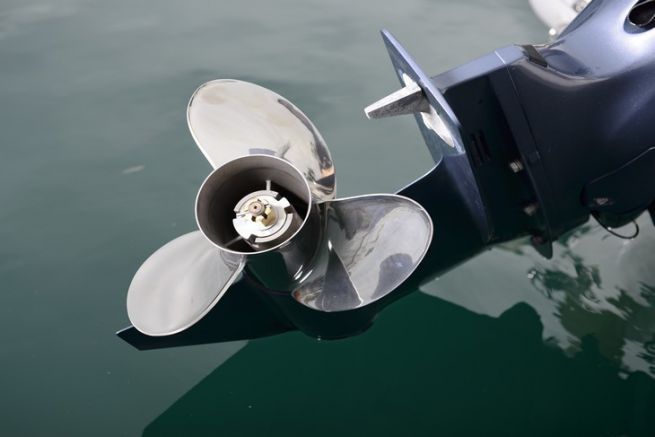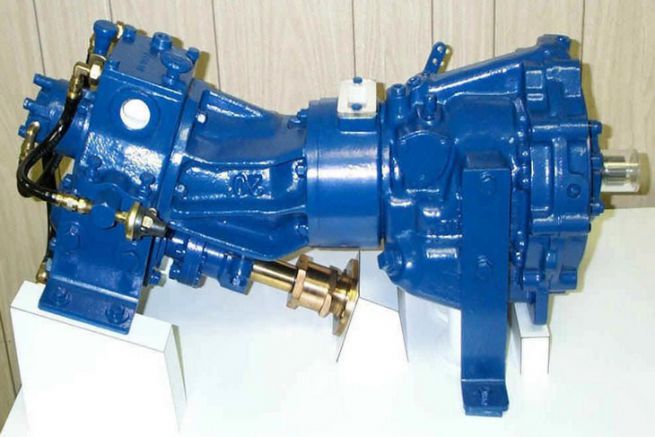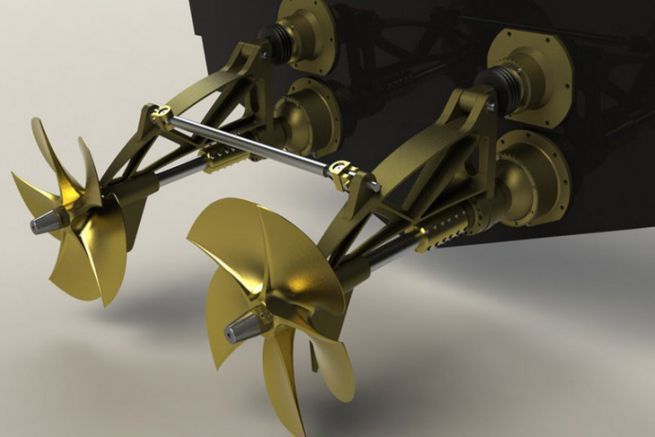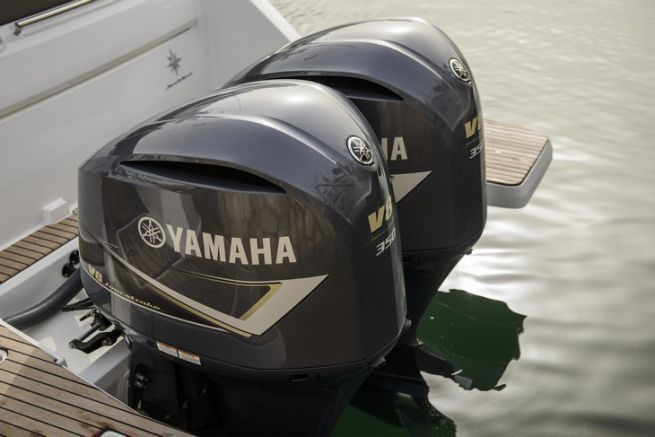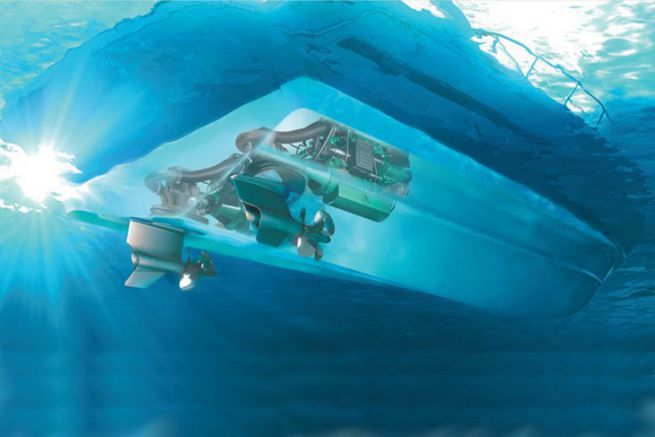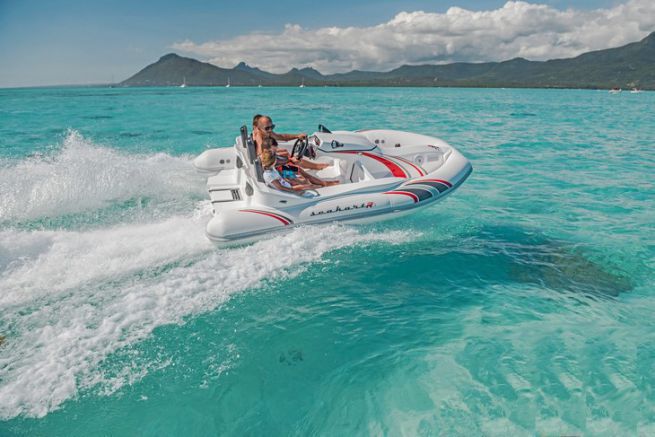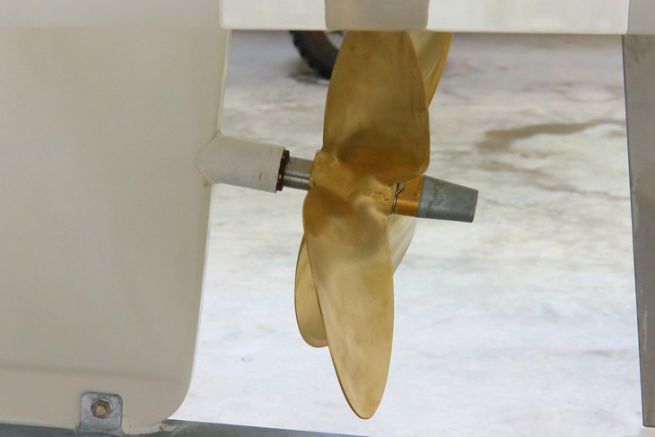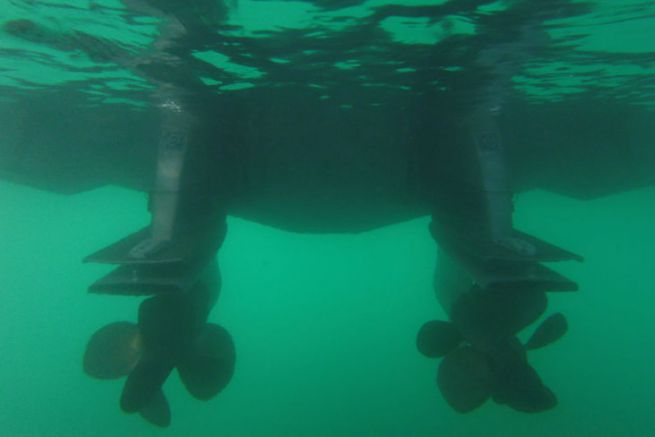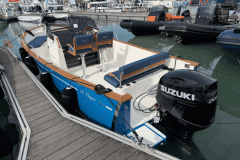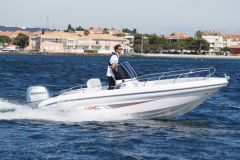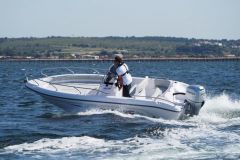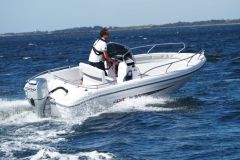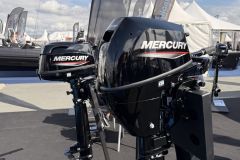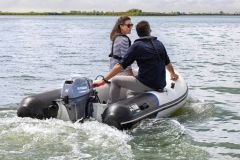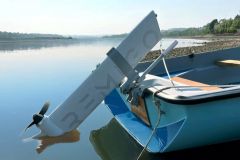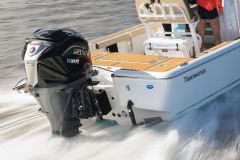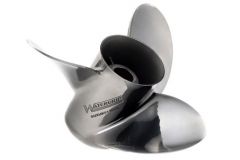Outboard propulsion presentation
Outboard propulsion is an external propulsion system that is integral to the thruster and installed at the stern of the boat. It consists of a single block that contains an engine, the transmission (also called the base plate) and the propeller. The majority of outboards are propeller driven, but some outboard motors may be jet driven (rarer). In this case, there is no external propeller that could injure swimmers and users. The jet consists of a turbine that rotates inside a tube.
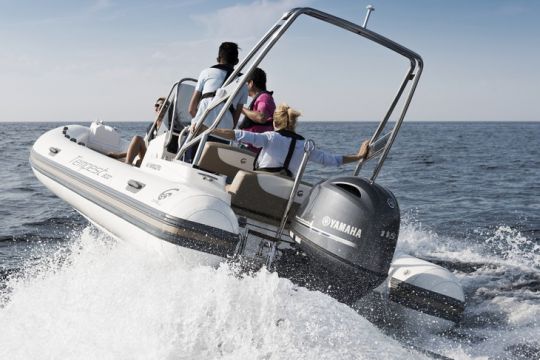
Outboard motors are available from very small powers (2 hp for a tender for example) to very large powers (350 to 400 hp). Two technologies share the market: 2-stroke or 4-stroke.
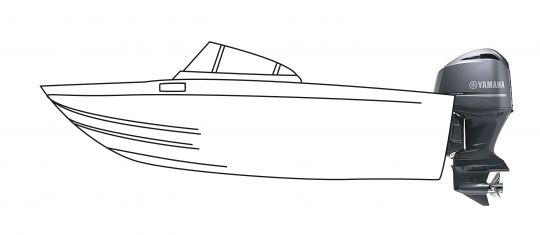
Small outboard motors can be dismantled and stored ashore. The motors are attached to the transom by presses. The highest powers (from 30 hp) are bolted to the transom of the boat.
Outboard engines can be used as single-engine engines or combined with several other outboard engines to increase power (often 2 engines, but sometimes up to 6 engines on the same boat).
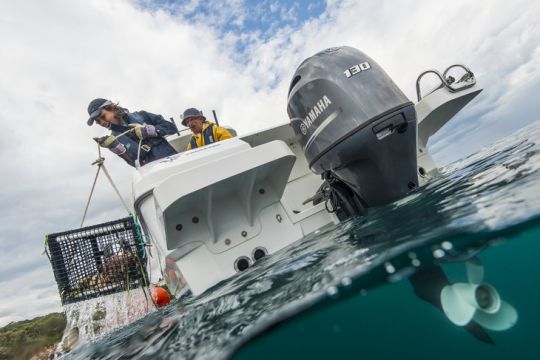
For what purpose?
Outboard engines are mainly used for small and medium-sized units (up to 12 m): open hulls, small cabin cruisers, fishing, helmsmen or even tires and semi-rigid.
The performance of the engines (fast acceleration...) make them perfect tools for water sports. They are also found a lot on sport fishing units.
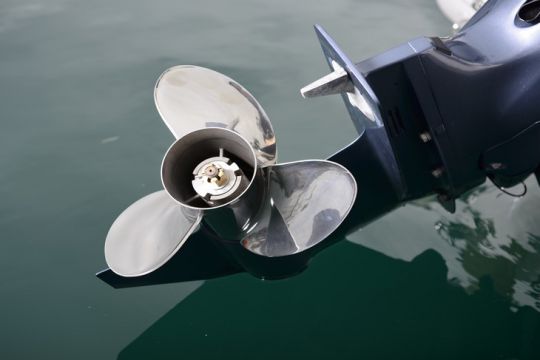
Advantages of the outboard motor
- Easy maintenance and installation
- Ease of replacement
- High performance and speed
Disadvantages of the outboard
- Minimal noise and vibration
- Weight on the rear of the boat
- Safety (beware of the easily accessible propeller)
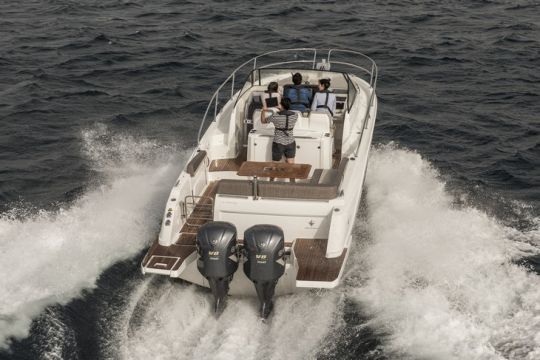

 /
/ 

